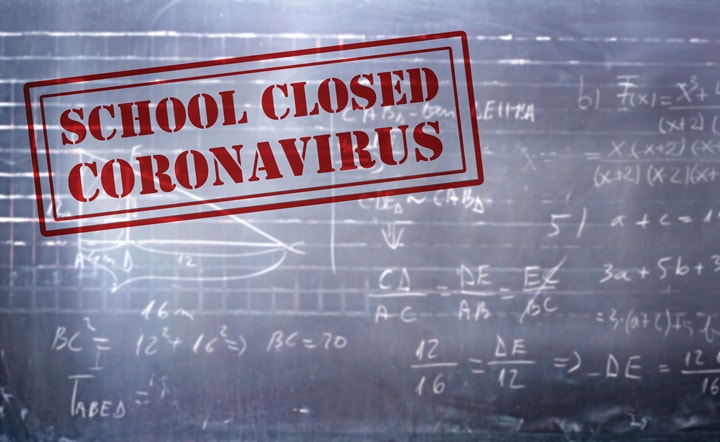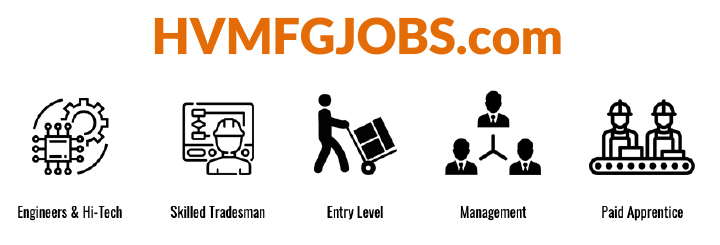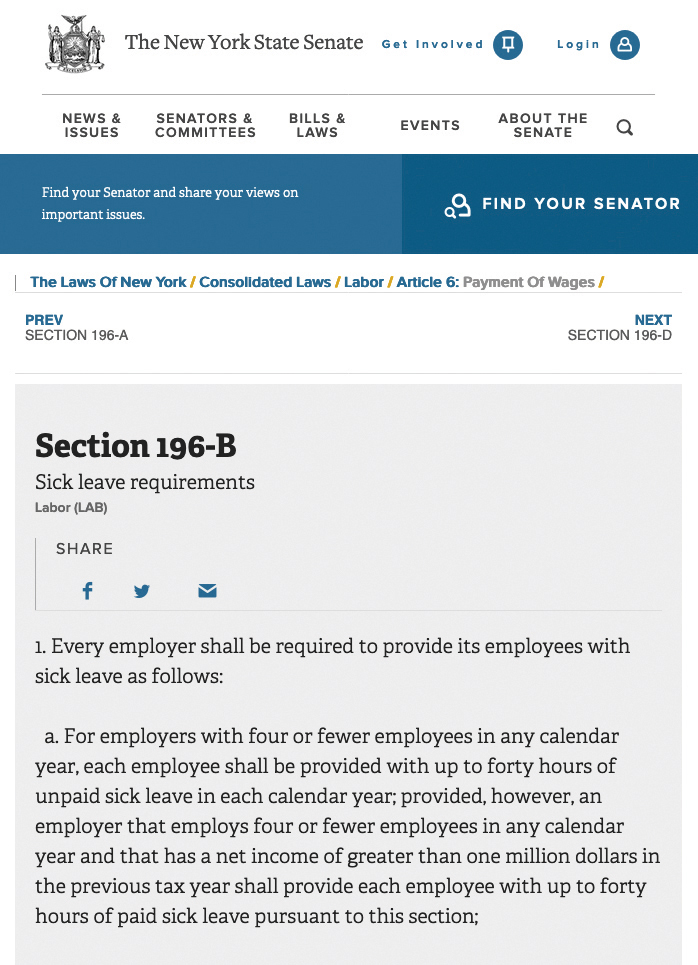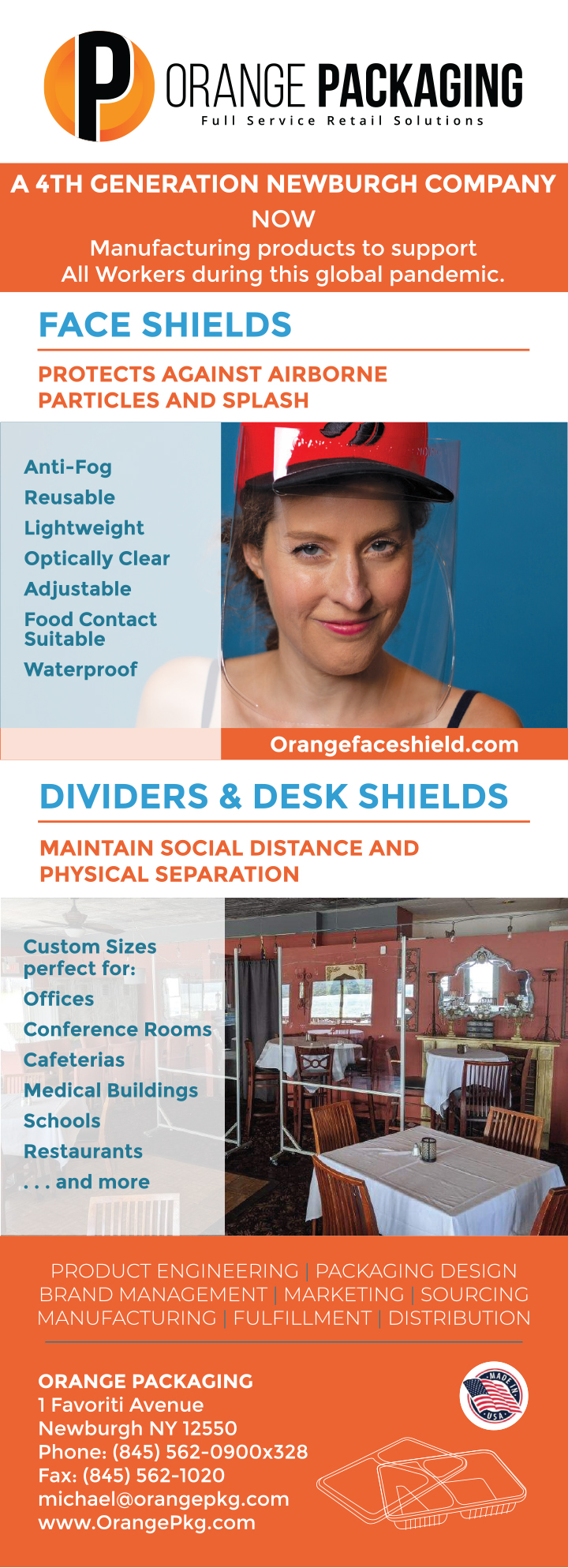NEWS, RULES, REGULATION AND LEGISLATION
THE MANUFACTURING ECONOMY
NY Fed Empire Manufacturing Survey: Activity Expanded at a “Solid Clip”
Business activity expanded at a solid clip in New York State, according to firms responding to the September 2020 Empire State Manufacturing Survey.
- The headline general business conditions index climbed thirteen points to 17.0.
- New orders increased modestly, and shipments grew significantly.
- Unfilled orders continued to decline.
- Inventories edged slightly lower.
- Delivery times were somewhat longer.
- Employment was again little changed this month, though the average work week picked up.
- Input prices increased at a faster pace than in August and selling prices continued to increase modestly.
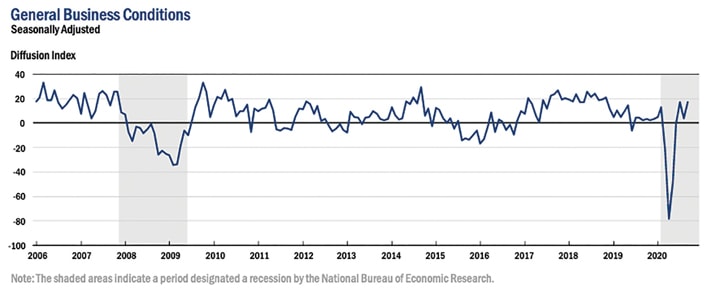
OECD: G20 Q2 GDP Declines by 6.2%
The Organization for Economic Co-operation and Development (OECD) published data on national economies for G20 countries in Quarter 2 of 2020. As a whole, the G20 economy contracted by 6.9% from Quarter 1. This contraction is an all-time record and more than 4 times what was observed during the peak of the 2009 global financial crisis. Of the G20 countries, China was the only one to report economic growth (+11.5%). Excluding China, the combined economy of the rest of the G20 contracted by 11.8%. Notably, India’s economy contracted by more than 25%, and the UK’s contacted by more than 20%. Across all OECD countries, the combined economy contracted by 10.6%.

NAM/ Industry Week Q3 Manufacturers’ Outlook Survey
Manufacturers reported a boost in optimism—up from 33.9% in Q2, the lowest reading since the first quarter of 2009. The survey also found significant use of many of the federal liquidity programs, the NAM advanced early in this pandemic to support manufacturers. The data shows:
- 72 percent of manufacturers that faced negative cash flow impacts due to COVID-19 used the Paycheck Protection Program, Main Street Lending Program or other liquidity program.
- Nearly 92 percent of manufacturers that used federal liquidity programs said those funds were helpful in keeping their business afloat, retaining workforce or meeting other necessary expenses.
- 66 percent of manufacturers are positive about their company’s outlook, a great improvement from the Q2 results. Still, the outlook remains below the historical average of 74.4%.
- 62% of manufacturers expect their firm’s revenues will not get back to pre-COVID-19 levels until 2021 or later.
ENVIRONMENT SAFETY AND HEALTH
Juggling Safety in a Circus of Roles: National Safety Survey 2020
So much can change in a year. Last year’s National Safety Survey examined the difference in titles and responsibilities safety professionals have. This year, the dynamics of health and safety within an organization have rapidly evolved since the novel coronavirus has brought illness prevention to the forefront of every conversation. The year 2020 has brought about an unprecedented set of challenges to the safety industry. The COVID-19 pandemic has required professionals to focus their efforts on illness prevention to ensure business continuity while balancing ongoing “traditional” tasks. As the pandemic puts occupational health in the spotlight, safety professionals indicate that 86% of their employers prioritize support for safety, which is unchanged year-over-year.
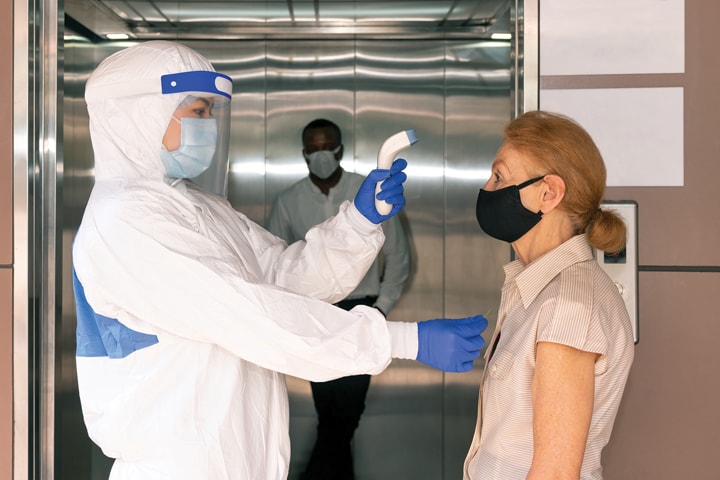
A Rise in OSHA Whistleblower Claims During COVID-19 Pandemic: USDOL Office of Inspector General
In the report, the OIG noted that the pandemic has resulted in a 30% jump in whistleblower complaints during the four-month period of February 2020 through May 2020 as compared to the same period in 2019—from approximately 3,150 complaints in 2019 to approximately 4,100 in 2020.
Of the whistleblower complaints filed from February 2020 through May 2020, approximately 1,600 (39%) were related to COVID-19, such as claims that someone was retaliated against for claiming violations of guidelines regarding social distancing or personal protective equipment.
A Pandemic is the Mother of Invention – COVID-19 Has Accelerated the Development of New Safety Technologies
As the world economy adjusts to the COVID world, organizations such as the Center for Disease Control (CDC) in the U.S. and the World Health Organization (WHO), are publishing recommendations for how to operate manufacturing and other business operations while still practicing social distancing and other aspects of workplace safety. Manufacturers across the nation and the world have stepped up to develop innovative and repurposed technologies to make workplaces safer.
Some of these new technologies include: UV Lighting, advanced thermal screenings, portable HVAC and advanced filtration options, long efficacy disinfectants, and rapid antibody and viral testing.
LABOR, EMPLOYMENT AND WORKFORCE DEVELOPMENT
Employers Likely to Face a Wave of COVID-19 Class Action Litigation
As the ongoing COVID-19 pandemic continues to drastically impact the U.S., class action lawsuits have been on the rise. Despite court closures, class action filings have increased and are expected to continue. The risk to companies of class and collective action proceedings has been amplified. Below are the key areas that have already flooded the court system as well as issues expected to drive class action litigation arising from the pandemic.
- Wage and Hour: Under the Fair Labor Standards Act (FLSA), nonexempt employees must be paid for all time worked, including overtime rate for any hours over 40 in a given work week.
- Worker Classification: Independent contractors are generally not eligible for unemployment compensation or state-mandated paid leave during the pandemic.
- Disability Accommodation and Discrimination: Class claims that relate to reopening businesses may include disability discrimination claims, retaliation claims, whistleblower claims and privacy matters relating to COVID-19 diagnoses.
- WARN Act: The federal Worker Adjustment and Retraining Notification Act (the WARN Act) requires advance notice to employees in instances of mass layoffs and qualified plant closings.
$9 Million Awarded as Part of New York’s Workforce Development Initiative
Governor Andrew M. Cuomo announced September 15th that 66 businesses, schools, and community-based organizations across the state have been awarded nearly $9 million as part of the State’s historic Workforce Development Initiative. The grants are federally funded and will support job training opportunities across the state for more than 3,600 New Yorkers adapting to the postCOVID economy.
As New York has moved forward through the reopening process, the New York State Department of Labor has been working to connect every job seeker in New York with the right job opportunity. DOL has been encouraging both businesses in need of workers, and New Yorkers in need of a job, to take advantage of their Jobs Express website.
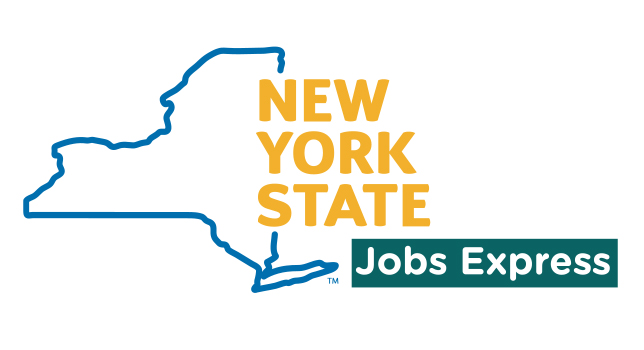
Council of Industry Jobs Board Receiving Record Number of Candidates
Since May, the Council of Industry Jobs Board has been receiving more than 1,000 applicants for the available positions with manufacturers per month. That is a more than 40% increase over the same time period in 2019.
HVMfgJobs.com was created by the Council in 2018 to be a single site for Hudson Valley Manufacturers to post their openings. Backed by a social media marketing campaign, it aimed to help manufacturers find workers for all their open positions – entry level production, sales, marketing, administration, accounting, and most importantly skilled trades such as machinist, toolmaker and maintenance mechanic.
“The pandemic, paradoxically, has exasperated the challenge of closing the skills gap. Many older, talented workers are leaving the industry and replacing them is getting more and more difficult,” said Johnnieanne Hansen, Council of Industry Vice President.
“HVMfgJobs is one tool we are using to try to close the gap.
Another one is our apprentice program.”
Savvy Employers are Investing in Opportunistic Hiring Amid the COVID-19 Pandemic
Some talent acquisition experts and HR leaders agree that with millions of new entrants into the job market, employers that are focused on recruiting will be well-positioned to fill critical roles with suddenly accessible top talent at all levels, from executives to front-line workers.
“There’s more available talent than there’s ever been,” says Elizabeth Birrell, head of insight and talent analytics at Armstrong Craven, a talent mapping and executive search firm in Manchester, England. “Millions of people will be without jobs, and millions of jobs without people. Talent teams that can be decisive and invest in high-performers have unprecedented access to people from hard-hit industries who find themselves looking for work, sometimes for the first time in years.”
Don’t Let New York’s Sick Leave Law Catch You Off Guard
New York State’s recently enacted paid sick leave law requires all private New York employers to provide their employees with paid (or unpaid) sick leave in varying amounts.
The law took effect on September 30, 2020, and employees begin accruing leave on this date, but employers are not obligated to allow employees to use accrued leave until January 1, 2021. Employers must ensure that their paid time off policies incorporate the requirements of this new law and allow employees to take all the sick leave to which they are entitled.
Employers should begin to review/update their existing sick leave policies to ensure compliance with the new law’s requirements.
OECD Report: The Economic Impacts of Learning Losses
A report from the Organization for Economic Cooperation and Development (OECD) shows that the worldwide school closures in early 2020 led to losses in learning that will not easily be made up for even if schools quickly return to their prior performance levels. These losses will have lasting economic impacts both on the affected students and on each nation unless they are effectively remediated.
While the precise learning losses are not yet known, existing research suggests that the students in grades 1-12 affected by the closures might expect some 3 percent lower income over their entire lifetimes. For nations, the lower long-term growth related to such losses might yield an average of 1.5 percent lower annual GDP for the remainder of the century. These economic losses would grow if schools are unable to re-start quickly.
The economic losses will be more deeply felt by disadvantaged students. All indications are that students whose families are less able to support out-ofschool learning will face larger learning losses than their more advantaged peers, which in turn will translate into deeper losses of lifetime earnings.
